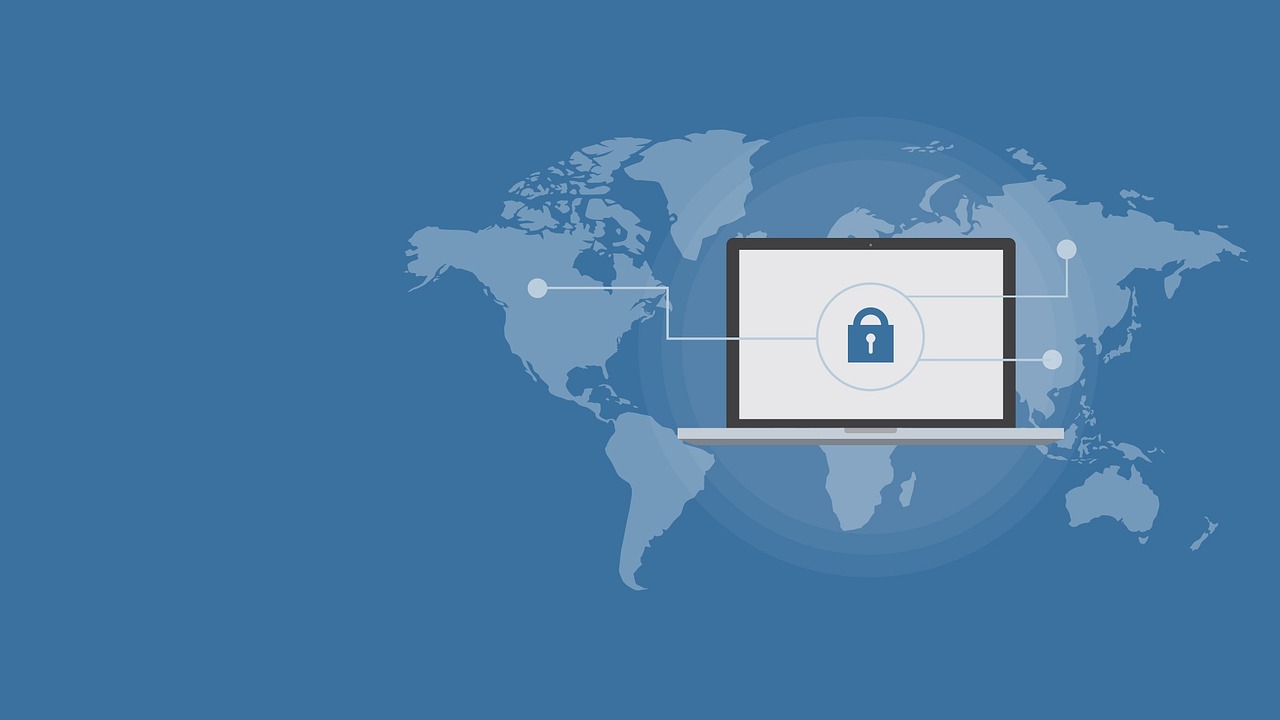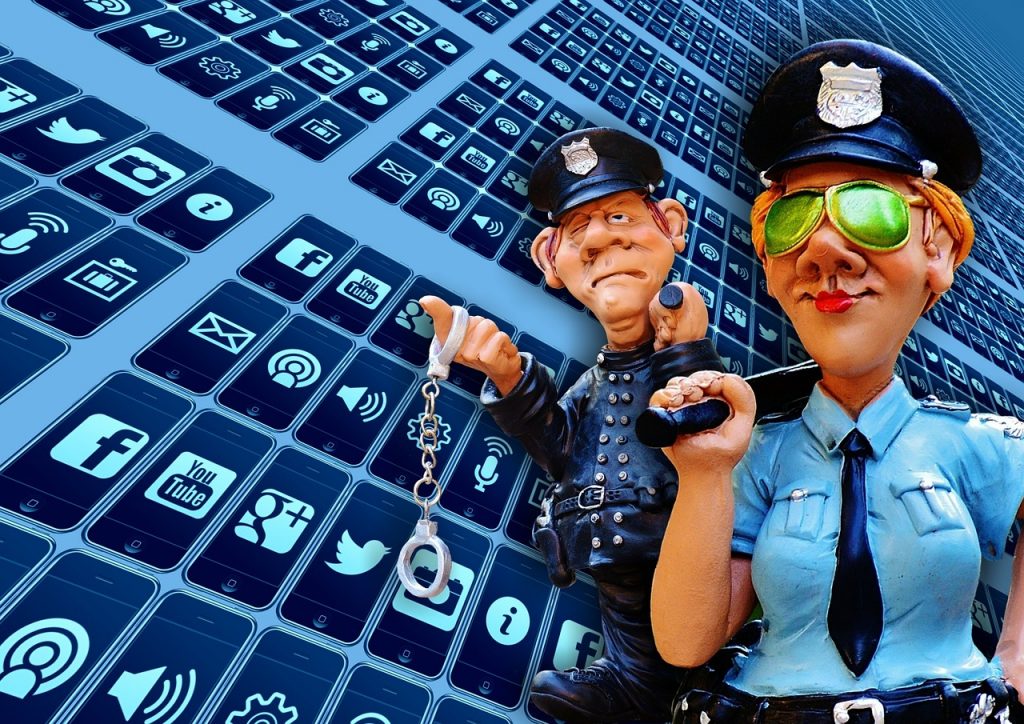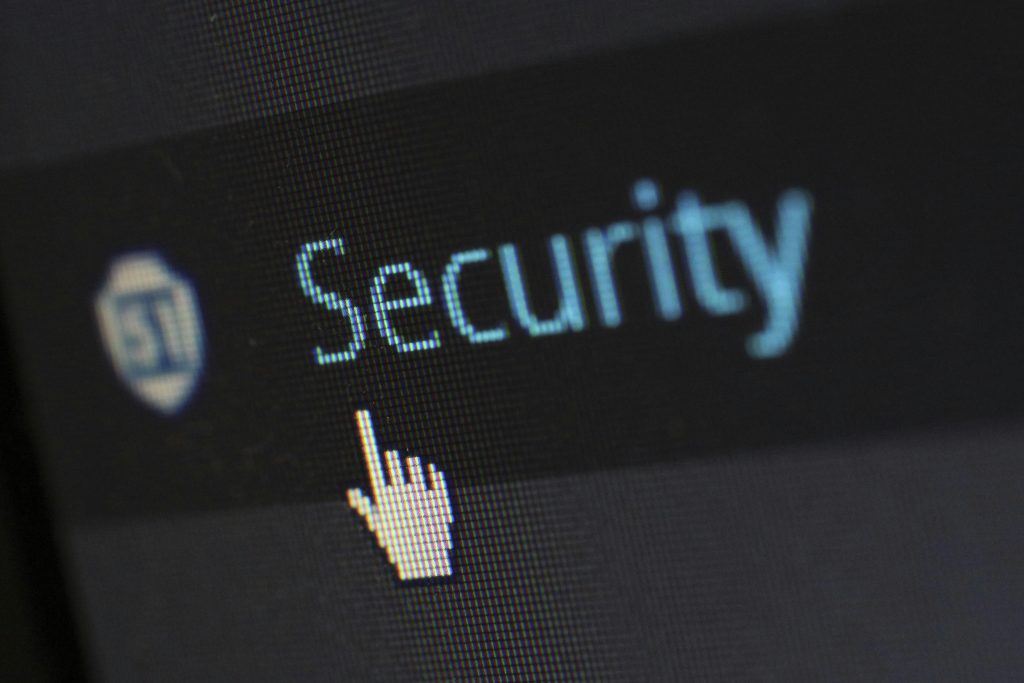
In today’s digital age, social media platforms have become an integral part of our lives, both personally and professionally. With billions of users sharing their thoughts, experiences, and businesses online, the importance of securing social media accounts cannot be overstated. As we navigate through this landscape, we face a myriad of challenges, including phishing scams, the complexities of two-factor authentication, and the dangers of using public Wi-Fi. In this blog post, we will explore these challenges in-depth and provide actionable insights to help you safeguard your social media presence.
The Growing Importance of Social Media Security
Social media is not just a platform for social interaction; it has evolved into a powerful tool for businesses and individuals to build their brands and connect with audiences. However, with this power comes responsibility. The more we engage online, the more we expose ourselves to potential threats. Cybercriminals are constantly devising new strategies to exploit vulnerabilities, making it essential for users to prioritize security.

Understanding the Landscape of Cyber Threats
The digital landscape is fraught with various cyber threats that target social media accounts. From phishing scams to identity theft, the risks are multifaceted and can have devastating consequences. According to recent research, phishing scams on social media have become increasingly sophisticated, posing a significant threat to users’ personal information and account security.
Phishing Scams on Social Media
Phishing scams are one of the most prevalent threats on social media. Scammers often impersonate trusted contacts or organizations, creating fake profiles to deceive victims into revealing sensitive data or clicking on malicious links. For instance, a scammer might create a fake account that mimics a friend’s profile, sending messages that contain phishing links or requests for personal information. These messages may claim there’s an urgent issue with the user’s account or offer enticing deals that seem too good to be true.
Another common tactic involves direct messages containing malicious links that lead to fake login pages designed to capture users’ credentials. Once obtained, scammers can gain access to the victim’s account, potentially compromising connected services or spreading the scam further through the victim’s network.
Protecting Yourself from Phishing Scams
To protect against social media phishing, users should adopt several best practices:
- Verify Authenticity: Always verify the authenticity of messages, even if they appear to come from known contacts. If something seems off, reach out to the contact through a different medium to confirm.
- Be Wary of Unsolicited Messages: Be cautious of unsolicited messages containing links or requests for personal information. If you receive such a message, it’s best to ignore it.
- Check URLs Carefully: Before entering any credentials, check the URL of the page asking for login information to ensure it’s the official site.
- Enable Two-Factor Authentication: Implementing two-factor authentication (2FA) on all social media accounts adds an extra layer of security.
- Use Unique, Complex Passwords: Avoid using the same password across multiple platforms. Instead, create unique and complex passwords for each account.
- Keep Apps Updated: Regularly update social media apps and devices with the latest security patches to protect against vulnerabilities.
By remaining vigilant and implementing these security measures, users can significantly reduce their risk of falling victim to social media phishing scams.
The Challenges of Two-Factor Authentication
Two-factor authentication (2FA) has become an essential security measure for protecting online accounts. However, its implementation comes with several challenges for both businesses and users.

User Resistance and Awareness
One of the primary obstacles to 2FA adoption is user resistance due to perceived inconvenience. Many individuals view 2FA as an additional hassle that slows down their login process, leading to reluctance in its adoption. Additionally, a lack of awareness about data breaches and their impact on privacy contributes to this resistance. Many users are unaware that 81% of all data breaches are caused by weak passwords, making it difficult for businesses to convince them of the necessity of 2FA.
Choosing the Right 2FA Method
The choice of 2FA method also presents a challenge. Different methods, such as SMS, voice calls, one-time passwords, and authentication apps, each have their strengths and weaknesses. For example, SMS and voice 2FA are vulnerable to SIM swapping attacks, where hackers transfer a user’s phone number to a new SIM without consent. Businesses must carefully consider which method is most appropriate for their specific needs and user base.
Implementation Costs and Technical Challenges
For small businesses, the implementation costs of 2FA can be a barrier. While the potential cost of a data breach (averaging $4.35 million globally) far outweighs the investment in 2FA, the upfront expenses can still be daunting. Technical challenges also exist, such as the risk of users losing access to their accounts if they lose their second factor device, leading to increased support requests and potential customer frustration.
To overcome these challenges, businesses need to focus on user education, choose appropriate 2FA methods, and consider adaptive authentication approaches that apply additional security measures only when risk levels are elevated. By addressing these issues, organizations can improve the adoption and effectiveness of 2FA, enhancing overall security for both the business and its users.
The Risks of Public Wi-Fi
Public Wi-Fi use has become ubiquitous, with many users logging into personal accounts using these hotspots. However, this convenience comes with significant security risks. A recent study revealed that 40% of respondents reported having their information compromised while using public Wi-Fi. The most common locations for these security breaches include airports, hotels, and cafes.

Understanding the Threat of Public Wi-Fi
Hackers can exploit vulnerabilities in public Wi-Fi networks to conduct man-in-the-middle attacks, intercepting sensitive data such as login credentials, financial information, and personal messages. This can lead to identity theft, financial fraud, and unauthorized access to personal and business accounts. For businesses, the use of public Wi-Fi by employees can pose significant risks to corporate data security, potentially exposing the entire organization to cyber threats.
Mitigating the Risks of Public Wi-Fi
To mitigate these risks, individuals and businesses should consider the following measures:
- Use Virtual Private Networks (VPNs): VPNs encrypt your internet connection, making it more difficult for hackers to intercept your data.
- Avoid Accessing Sensitive Information: Refrain from logging into sensitive accounts or conducting financial transactions while connected to public Wi-Fi.
- Educate Users: Raise awareness about the risks associated with public Wi-Fi and the importance of using secure connections.
- Adopt Secure Wi-Fi Standards: Encourage the use of secure Wi-Fi standards, such as WPA3, to enhance the security of public networks.
As public Wi-Fi continues to be a staple of modern connectivity, understanding and addressing its impact on cybersecurity remains crucial for individuals and organizations alike.
The Role of Sociobo in Enhancing Social Media Security
As social media continues to evolve, so do the methods for securing these platforms. Sociobo offers a unique approach to enhancing social media presence through its innovative service of social proof aggregation. By systematically boosting a brand’s visibility, authority, and influence on social media, Sociobo helps users create a stronger online identity while also addressing security concerns.

Leveraging Social Proof
The concept of social proof, as introduced by Dr. Robert Cialdini, plays a crucial role in how individuals and businesses are perceived on social media. High engagement metrics—such as followers, likes, and shares—suggest credibility and popularity, attracting more genuine engagement. Sociobo’s services focus on providing aggregated followers and engagement, which enhances the perceived credibility and influence of a social media profile.
The Difference Between Aggregated Followers and Fake Followers
It’s essential to understand the distinction between aggregated followers and fake followers. Aggregated followers are high-quality bot accounts created using official apps, which actively engage with your content. In contrast, fake followers are low-quality bot accounts that do not engage with posts and can harm engagement rates. By utilizing aggregated followers, users can boost their engagement rates, improve profile discovery, and positively impact their trust score within social media algorithms.
Building a Stronger Online Presence
Sociobo’s services are particularly beneficial for individuals and brands looking to establish or grow their presence on social media. By leveraging the concept of social proof, users can enhance their online identity and attract real followers. This is especially important in an age where online security is paramount. A strong social media presence can act as a deterrent to potential threats, as cybercriminals often target accounts with low engagement and credibility.
Emphasizing the Need for Vigilance
The struggle to keep social media accounts secure is an ongoing battle that requires vigilance and proactive measures. From phishing scams to the complexities of two-factor authentication and the risks of public Wi-Fi, the challenges are multifaceted. However, by implementing best practices and leveraging innovative services like those offered by Sociobo, individuals and businesses can enhance their online security and presence.

As you navigate the digital landscape, remember that security is not just about protecting your accounts; it’s also about building a trusted online identity. Sociobo can help you achieve that by enhancing your social media metrics, making your profile more attractive to genuine followers while reducing the risk of falling victim to cyber threats.
If you’r ready to take your social media presence to the next level while ensuring your accounts remain secure, explore Sociobo’s services today. Visit Sociobo.com to learn more about how we can help you build a stronger, safer online identity. Your social media journey starts here—let’s make it secure and successful together!






No comment yet, add your voice below!